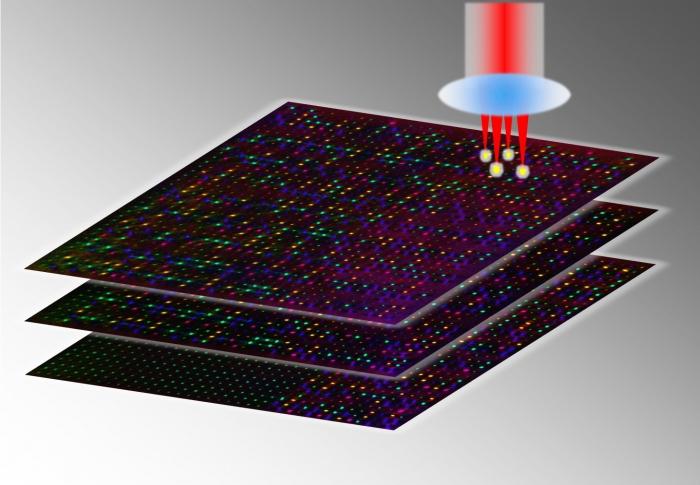RAM in the first models of serial computers was an integral part of the entire system. Perhaps someone else remembers the 80286 processors and their motherboards.

In the first revisions, a huge number of soldered small connectors were provided, into which microcircuits were inserted. I added such a chip - I received several kilobytes of RAM, although, as a rule, no one was engaged in increasing the volume. Usually the system was bought immediately with a certain amount of memory. And the price of the chips was quite high. However, as the technology for manufacturing semiconductor crystals developed, the cost of components began to fall (this process continues in our time), and there was a need to create a universal solution that allows you to increase the amount of RAM without any problems. So the memory module was created (now you can hear the slang expression - the bar). Several decades have passed since then: standards were changed, microcircuits were improved, but the idea itself remained unchanged.
What does a memory module look like?
It is very simple to distinguish a bar from other components: it is a rectangular PCB plate on which microcircuits are soldered on one or two sides. The memory module can be covered with a metal radiator that improves heat dissipation. A comb of copper sliding contacts is provided for connecting to the motherboard. The first such solutions began to be called SIMM, which stands for "Single In Line Memory Module", that is, "memory located along one line." To fix them on the board, special connectors were created in which each memory module was inserted at an angle of 30 degrees, and then straightened, fixing.
Story development history
The first SIMMs contained only 30 pads, could boast up to 2 Mb and ... eight-bit capacity, which was why they had to be installed in pairs to match the system bus. The development of the famous Pentium processor with a 32-bit bit fantastic for that time required the modernization of the memory subsystem - the bar acquired 72 contacts.
Then, until 1997, no major changes were made. The volume of microcircuits increased, no more. But soon a new standard was created - DIMM, which stands for "Dual In Line Memory Module". In these modules, copper contacts appeared on the second side, and their number was increased to 84 pieces per side. In addition, the capacity increased to 64 bits. By the way, the modern
DDR2 memory module
is also 64-bit (for normal single-channel mode).
DIMM Evolution
After a while, the SPD chip began to be placed on the slats, in which data about the capabilities of the microcircuits was stored - this simplified auto-configuration. The appearance of modules with a reduced supply voltage forced the developers to create a special “key” - a cutout in the contact block, due to which the old types of strips (with high voltage) were physically incompatible with the new ones. Frequencies grew, memory volumes increased. There were 184 contacts. A memory module for a laptop was created - it differs from the usual one in a design that allows you to place several of these solutions in a small laptop case. To improve performance, it was proposed to transfer data in accelerated mode - this is how the DDR strips appeared, in which the signal is transmitted more optimally. Then came DDR2, with reduced voltage and even denser utilization of the carrier frequency. Currently, modern computing systems use DDR3.